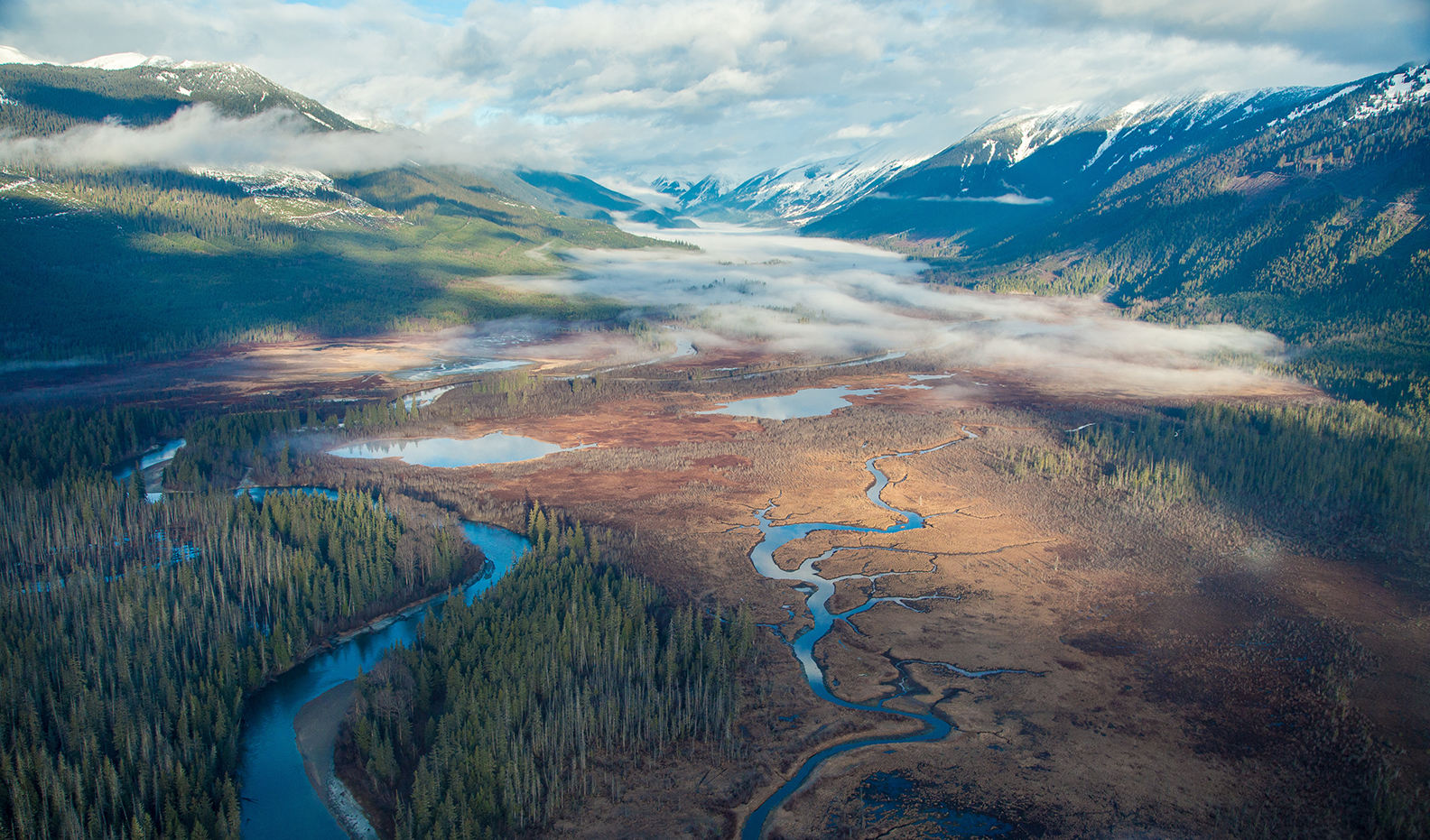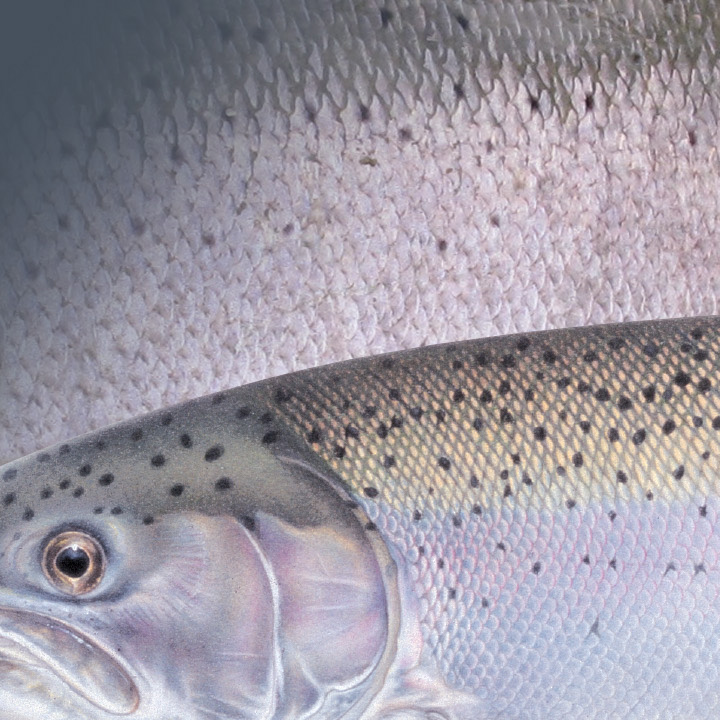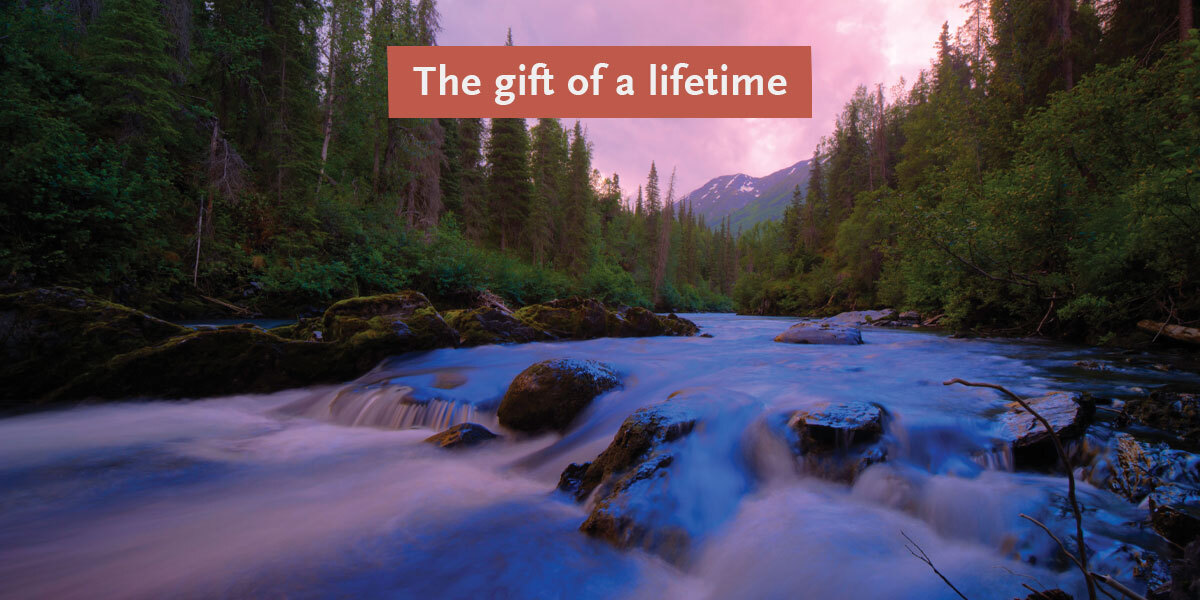Defending the region against a wave of development
British Columbia boasts some of the wildest and most productive salmon watersheds in North America. As the region’s salmon populations fluctuate and threats to intact coastal systems mount, partners in British Columbia are turning to Wild Salmon Center to help protect strongholds in this region.
Standing up for the Skeena
They call it “Mother Skeena.” One of the world’s most prolific wild salmon and steelhead corridors, the undammed watershed serves as spawning ground for six salmon species, including coho, sockeye and some of the largest Chinook and steelhead ever recorded. The Skeena’s commercial and sport fisheries generate more than $100 million a year, rivaling the economic impact of the forest industry.
But the Skeena watershed’s long-term well-being is at risk. More than $200 billion in oil and natural gas projects have been proposed for the region, including the islands of the Skeena estuary, an intertidal area used by the Skeena’s juvenile salmon as they enter salt water.
The small but powerful British Columbia-based SkeenaWild Conservation Trust mobilizes local communities, tribes, and conservation advocates to fight for this globally important salmon stronghold. They also lobby for government protections for wild fish, and support First Nations subsistence fisheries targeting healthy fish runs.
Wild Salmon Center works with SkeenaWild and other local advocates on long-term conservation strategies for the region. Learn more about WSC’s campaign to protect the Skeena.


New Conservation Voice for the Dean
Wild Salmon Center and a small group of concerned fishing communities have helped establish a new organization, Coastal Rivers Conservancy, to focus on the long-term protection of wild salmon and steelhead ecosystems in BC’s inner central coast. That area includes the world-renowned Dean River and nearby rivers and marine channels including Fisher, Bentick, and Burke.
The organization will collaborate with local First Nations, NGOs, government agencies, and shareholders to address development, habitat, and fisheries issues. Its first order of business is building up-to-date knowledge of salmon and steelhead stocks in the region, through a ground-breaking new wild salmon genome project co-led by the Wild Salmon Center and Simon Fraser University. The project is funded through Genome BC’s GeneSolve program and other partners and will pursue genetic decoding and archiving of 118 distinct sockeye populations native to B.C.’s Central Coast.


Safeguarding the Babine
The Babine River, a major tributary of the Skeena, is one of the world’s premier rivers for steelhead and a major salmon producer in the region.
We are working together with the Babine River Foundation to safeguard the Babine River and its wild fish populations for the long-term. Initiatives include conducting scientific monitoring to assess the Babine River basin’s water quantity and quality including temperature variations that could impact wild salmon and steelhead populations, as well as ensuring the lower Babine River and its tributaries are protected from extensive logging and increased development.


Guardians of the Taku
The Taku River Basin sprawls across nearly 10,000 square miles in Northern British Columbia before crossing the border into Alaska and emptying into the Pacific.
With a 2023 grant from The Stronghold Fund, Wild Salmon Center is launching a new partnership with the Taku River Tlingit First Nation to support their long-standing efforts to safeguard this key salmon system for future generations.
A decade ago, the Atlin-Taku Land Use Plan protected 16 percent of the Taku basin, and made it off-limits to commercial logging. In 2023, The Taku River Tlingit named the watershed an Indigenous Protected and Conserved Area. Because the Taku remains largely intact—and will continue to be through the Taku River Tlingit stewardship—it’s a rare chance to study how resilient landscapes, salmon, and cultures can adapt to climate change.
WSC is supporting ongoing salmon conservation and research efforts led by the Nation and other partners, from the study of environmental conditions such as water temperature and glacier dynamics, to climate vulnerability assessments of the Taku’s wild salmon. WCS will also support salmon population monitoring led by Taku River Tlingit Land Guardians and fisheries staff. This new international partnership could model success for other transboundary strongholds.








